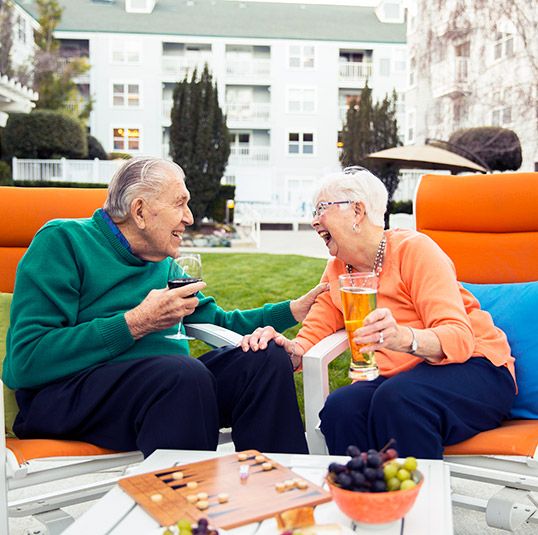
Living Options For Seniors, Allow me to introduce George. Even at the age of 89, George maintains his sharpness and meticulously completes his crossword puzzles in pen. George brews a cup of green tea every morning, strolls around his area for thirty minutes, and talks to his neighbors, sometimes shouting a little louder than required. He doesn’t possess any biohacking tools, hasn’t undergone cryogenic freezing, and doesn’t use any magical supplements. George does have a daily routine, a helpful society, and a way of living backed by research that can enable you to live longer and age gracefully.
As a biologist, I am obsessed with understanding why people prefer George, who thrives, over those who suffer. The solution is not magic; rather, it is a lovely combination of genetics, lifestyle, and surroundings. Especially as we age, today’s exploration will include not just the greatest everyday practices but also the living surroundings that encourage such practices.
This article is for you if you are a senior or care for someone who is.
Seniors who can still do their daily tasks but choose a community-oriented, low-maintenance lifestyle will find independent living perfect. Imagine apartment-style living with extra benefits: group meals, cleaning, social activities, and perhaps even a fitness class with a Brenda who leads stretches while playing Motown classics.
Scientific Justification For Its Efficacy
Studies show a strong correlation between healthy aging and cognitive performance and a sense of autonomy and purpose. A 2020 meta-analysis in The Journals of Gerontology really revealed that older people who retain control over their everyday choices experience less stress and more gradual cognitive loss.
Science-backed advice: Maintain a routine. Having regular mealtimes, workout sessions, and social hours can let your circadian rhythms sing even in a freewheeling environment essential for everything from sleep quality to hormone balance.
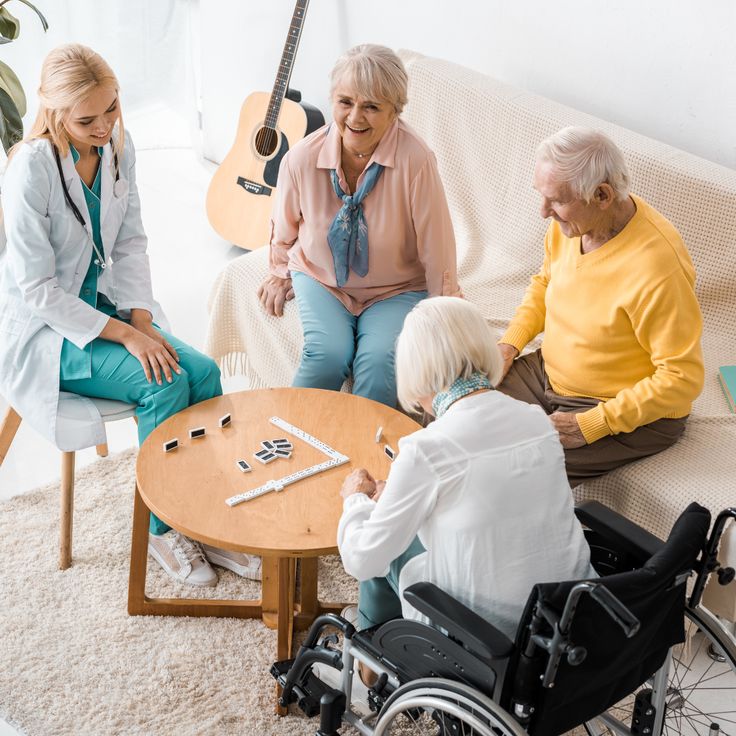
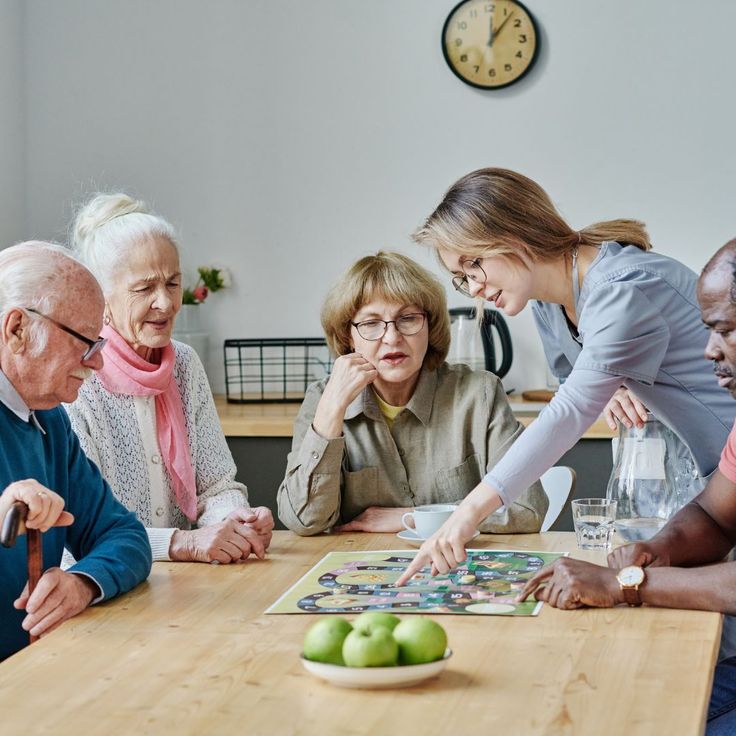
Living Options For Seniors, While still allowing for a reasonable degree of independence, assisted living helps with everyday chores, including bathing, dressing, and medication.
It’s like having a helping hand ready without sacrificing your preferred recliner or Thursday night bingo custom.
Why it functions: This is where it becomes fascinating. Removing the pressure of juggling several responsibilities allows the brain and body to send energy toward healing, digestion, and indeed longevity. Chronic stress elevates cortisol levels, linked to inflammation and accelerated aging. Supportive treatment lessens that load.
Science-backed advice: Accept assistance rather than fighting it. The correct sort of assistance might increase your allostatic load, a technical phrase for how much stress your body can tolerate. Reducing it not only lengthens your “healthspan” but also your lifetime.
Cohousing is a genuine phenomenon, and it’s gaining popularity, not only a Scandinavian dream. Often comprising residents of all ages, these communities mix private homes with communal areas. Imagine talking philosophy with another senior over supper and gardening with a kid in the morning.
The Reason It Functions
Just oxytocin. Social bonding releases the so-called “love hormone.” On the other hand, loneliness is a biological stressor. The National Institute on Aging estimates that chronic loneliness raises death risk by 26%.
Science-backed advice: Give community first priority. Consistent social interaction whether in cohousing or a good old-fashioned reading club is among the most powerful predictors of healthy aging and lower dementia risk.
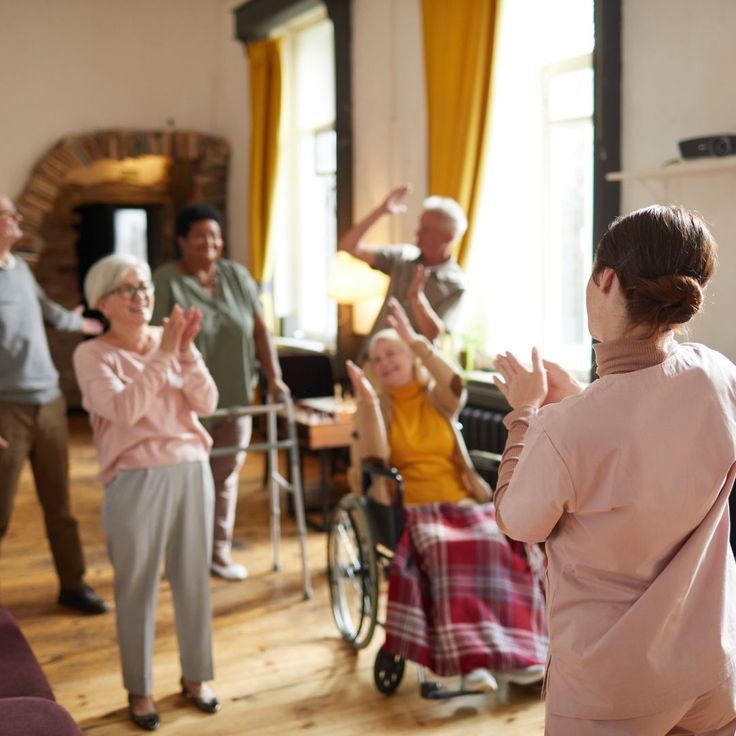
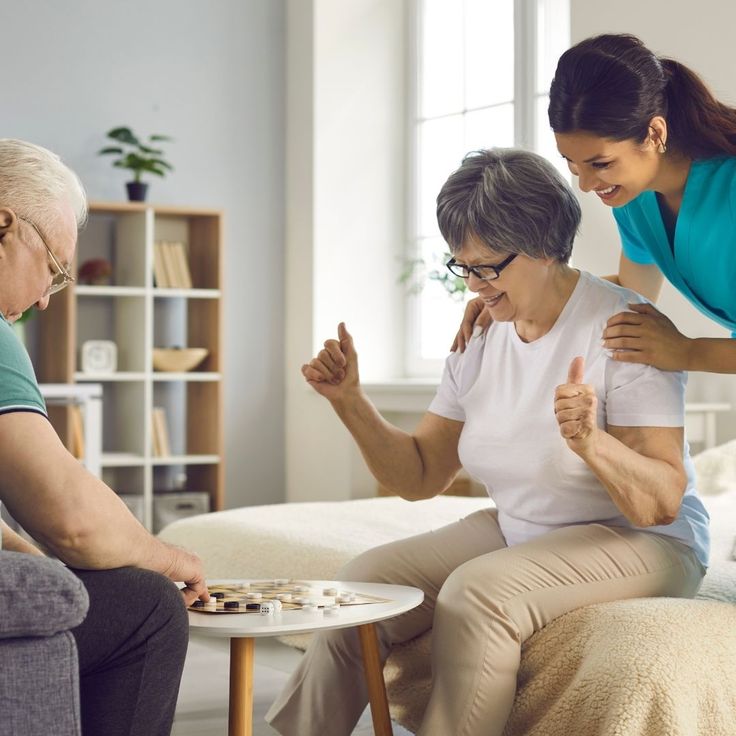
Smart technology and reasonable house changes have made aging in place remaining in your own home as you age increasingly fashionable. Voice-activated assistants, stairlifts, smart medicine reminders, grab bars in the bathroom, and even voice-activated assistants can help to make this not just possible but also ideal.
The Reason It Functions
Familiar surroundings lower cognitive burden. Imagine your brain as a computer; too many new activities or stimuli will slow it down. Familiarity releases processing power for creativity, social connection, or at least knowing how to operate TikHub (just joking… sort of).
Science-backed advice: Clear away clutter! Seniors in safer, less cluttered homes had improved mobility and lower fall risk, according to a 2016 study in The Journal of Aging and Health, which directly connects to longer life expectancy.
Living Options For Seniors, Memory care facilities offer organized routines, experienced staff, and settings meant to lower confusion and anxiety for seniors with cognitive disabilities, including dementia or Alzheimer’s. Many times, these are included in assisted living facilities.
The Reasons It Functions
Predictability and routine increase neuroplasticity, the capacity of the brain to adapt. Contrary to common opinion, neuroplasticity doesn’t vanish with aging; rather, it merely requires a bit more prodding.
Science-backed advice: Use the senses. Programs including music therapy, tactile stimulation, and even aromatherapy can activate dormant areas of the brain. A recent MIT study even indicated that rhythmic music might control aberrant brain activity in Alzheimer’s sufferers.


Living Options For Seniors, When we discuss senior life, the most common error is to consider it as one-size-fits-all. Aging is very personal. Some 75-year-olds compete in marathons. Some require assistance donning clothes. Current health, family support, money, and personal choice will determine the appropriate living arrangement.
The Reason It Counts
Personalized settings optimize a fundamental idea in environmental gerontology known as “person-environment fit.” Physical and mental health get better when our environment fits our requirements and capacities.
Science-backed advice: Reassess regularly. At 70, your needs may not be the same as at 80. Regular annual visits with a geriatric specialist or healthcare professional can help guarantee your living circumstances still enable your aims of longevity.
Let’s return to George. He didn’t arrive at 89 by chance. His way of life, steady routines, a linked community, and a safe and stress-free living environment matched what research shows encourages good aging.
Living longer doesn’t have to involve buying $500 worth of supplements or relocating into a sterile facility. Choosing the correct surroundings, developing little, sustainable habits, and remaining curious, linked, and nice to your future self defines it.
From an active independent community to a comfortable assisted living room to your own living room with some smart improvements, there is no “best” way to age; only the best way for you.
So go ahead, call an old buddy, walk, and drink that green tea. Wherever you are, your path to longevity begins immediately.
